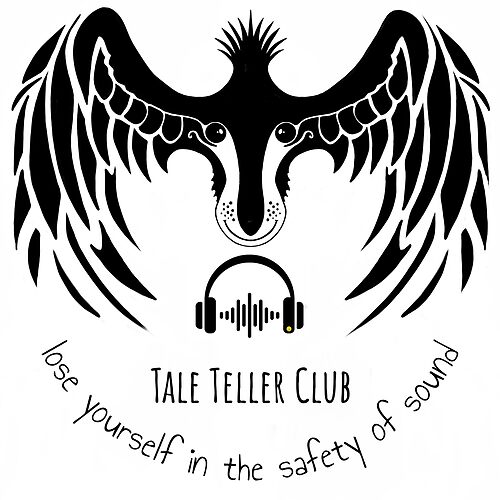Want ad free?
Enroll at Suzuki School
Advanced Players
Beginners
SUZUKI PODCAST
We are proud at the SUZUKI.SCHOOL to be forward thinkers who are trailblazing modern techniques and innovative performance strategies for a new wave of musicians around the world.
Suzuki.School delivering a new program for modern musicians in a digital world and you can find all our programs for strings and piano on the links below.
VIOLA TV https://suzuki-school.blogspot.com/p/viola-tv.html
PIANO TV https://suzuki-school.blogspot.com/p/piano.html
CELLO TV https://suzuki-school.blogspot.com/p/cello-tv.html
BASS TV https://suzuki-school.blogspot.com/p/bass-school.html
IN DEPTH LESSONS https://lounges.tv/profile/iservalan
YOUTUBE CHANNEL https://www.youtube.com/channel/UCl-Bc2FqX2TCS0IyDfbHMxw
SUZUKI PODCAST https://www.spreaker.com/podcast/the-iservalan-show--5932843











